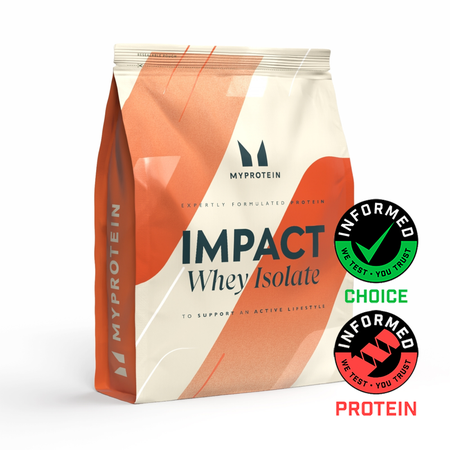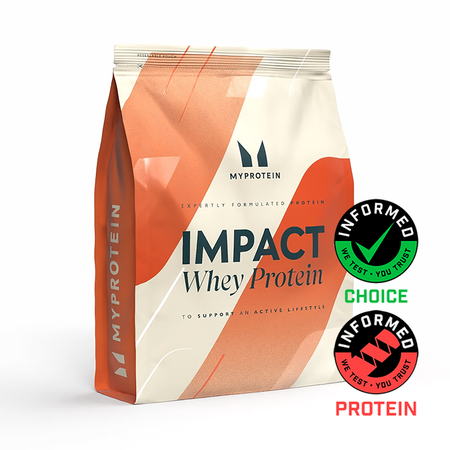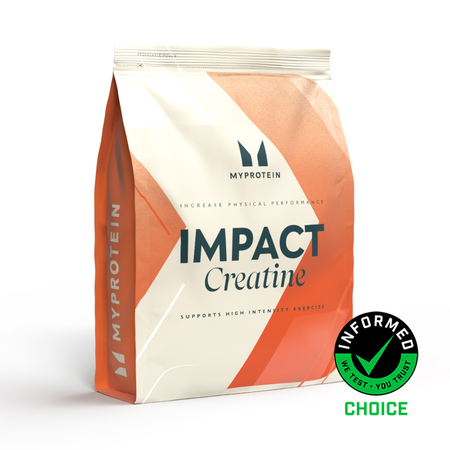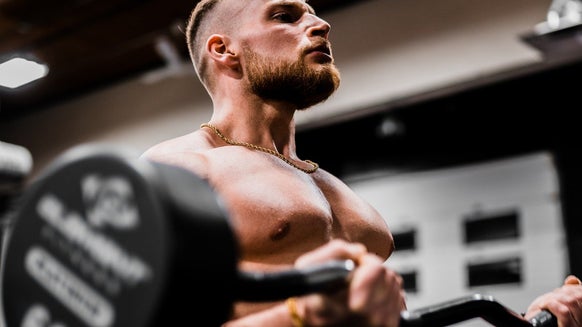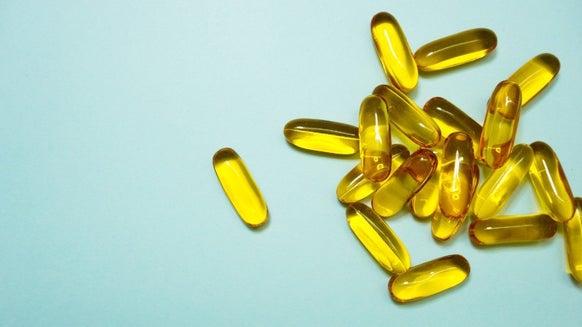
You might see people at the gym chugging protein shakes before, during, or after their workouts, but when is the very best time to take your whey protein? While the benefits are obvious, the timing of when you take your whey protein depends on your goals and your routine. Read on to find out how to make whey work for you.1
In this article, you'll find:
What is whey protein?
When to take it
When to take for weight gain
When to take for weight loss
When to take for muscle gain
When to take to enhance performance
What is Whey Protein?
Whey protein is derived from the liquid portion milk, often when it is separated from the milk curds during the cheese-making process. While it used to be discarded, it’s now used to make one of the most popular nutrition supplements on the market. The whey liquid contains about 20% of the protein in cow’s milk.2 Whey protein is available in several forms (concentrate, isolate, and hydrolysate), which vary in their level of processing. The most common form on the market is whey concentrate.
When Should I Take Whey Protein?
The best time to take whey protein depends on your goals and your workout schedule. Let’s consider some of the most common reasons people use whey protein supplements:
- To add extra protein and calories to gain mass
- For a high protein meal replacement when trying to limit calorie intake for weight loss
- For muscle recovery
- To enhance performance
You might even be trying to reach several of these goals at once. Let’s explore the best timing to take your whey-based on your exercise and physical goals.
1. When to take whey protein for weight gain
To gain mass, you need to have more calories coming in to your body than you’re burning during your workouts. Some people use whey protein simply to get extra healthy calories throughout the day— in this case, the timing doesn’t matter as much for the results. If you want to use whey protein for this purpose (extra calories and protein), it can be best to space out your whey shakes between meals so they don’t ruin your appetite for other foods. If you want a high-calorie shake, add some milk or a nut butter for another boost with healthy fats.
2. When to take whey protein for weight loss
For the opposite of gaining mass — losing weight — you need to consume fewer calories than you are burning during the day. In this case, it’s important not to overeat (that’s right, put the dessert down). Some people simplify weight loss by using whey as a meal replacement — knowing a shake is a set number of calories, versus trying to calculate many different foods in a meal.
If you’re choosing to use whey protein as part of a “meal replacement shake”, you’d want to make sure it includes other nutrients (a balance of healthy fats and carbohydrates) and is truly intended to take the place of a meal. This is one way that people who are trying to lose weight might incorporate whey protein. By making a smoothie with some whey, fruit, and nut butter, you can create a calorie-controlled shake that can help to maintain muscle mass and keep you feeling full and satisfied.3 You can also mix whey protein into oatmeal for a more satisfying breakfast, or even experiment with using it in your baking.
3. When to take whey protein for muscle gain
While it used to be thought that you had to consume your whey supplement right away (within 30 minutes or 2 hours after a workout), research now shows benefits to higher protein intake up to 24 hours after your workout.3 That’s because it can take up to a full day for our muscles to rebuild and benefit from extra protein. Consuming your shake shortly before or after your workout still provides your body with those necessary building blocks (amino acids) to help your muscles recover and prepare for your next workout.
You may change the timing of your shake based on your meals or your daily schedule. One tip to avoid a common mistake is to not consume your shake at the same time as a high-protein meal. Our bodies do have a limit to how much protein we can absorb at once, so it’s best to spread your protein out into 3-4 meals or snacks throughout the day.3
4. When to take whey protein to enhance performance
Our muscles are constantly being broken down and built back up based on our activity level. High-intensity exercise requires extra dietary protein to be available for muscle rebuilding and growth. Think of your muscles as a stack of building blocks that gets knocked over by intense exercise, and whey as extra blocks that can make the tower even stronger when you rebuild it. Research shows that supplementing with extra protein, like whey, can increase gains in mass, strength, and the rate at which our muscles rebuild (muscle protein synthesis) when combined with the right workout regimen1.
Take Home Message
Whey protein is a powerful supplement that can help both seasoned athletes and those who are less active in a variety of different ways. While the rest of your diet and exercise routine are also important, whey protein has the power to help you gain lean mass, retain muscle mass when cutting back on calories, increase your recovery time before your next workout, and enhance your workout performance. The timing of when you use whey protein depends on your goals, but making whey protein a regular part of your habit can show a wide variety of benefits.

1. Pasiakos, S. M., McLellan, T. M., & Lieberman, H. R. (2015). The effects of protein supplements on muscle mass, strength, and aerobic and anaerobic power in healthy adults: a systematic review. Sports Medicine, 45(1), 111-131.
2. USDA. 2015. Agricultural Marketing Service. AMS – USDA. [Online] April 24, 2015. [Cited: January 15, 2019.] https://www.ams.usda.gov/sites/default/files/media/Whey%20Protein%20Concentrate%20TR.pdf.
3. Campbell, B., Kreider, R. B., Ziegenfuss, T., La Bounty, P., Roberts, M., Burke, D., … & Antonio, J. (2007). International Society of Sports Nutrition position stand: protein and exercise. Journal of the International Society of Sports Nutrition, 4(1), 8.
